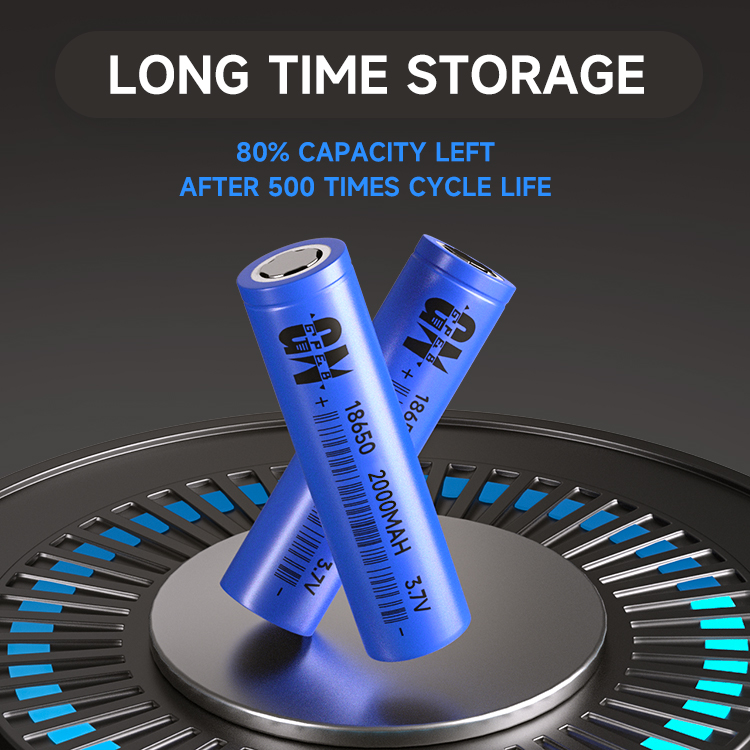

In a general sense, the principle of wireless charging of mobile phones is the process of converting electrical energy into a magnetic field, transmitting the magnetic field through the air, and then converting the magnetic field into electrical energy. The principle of wireless charging is somewhat similar to that of a transformer in a popular sense. The magnetic field coupling loop of the transformer is a magnetic conductor, while the magnetic field coupling loop of wireless charging is just air, and the magnetic medium does not...
In a general sense, the principle of wireless charging of mobile phones is the process of converting electrical energy into a magnetic field, transmitting the magnetic field through the air, and then converting the magnetic field into electrical energy. The principle of wireless charging is somewhat similar to that of a transformer in a popular sense. The magnetic field coupling loop of a transformer is a magnetic conductor, while the magnetic field coupling loop of wireless charging is just air, and the magnetic medium is different.
What the industry calls wireless charging technology usually refers to four types: including magnetic induction technology, magnetic resonance technology, microwave technology and electric field coupling technology. The two most important technologies that we come into contact with are magnetic induction technology and magnetic resonance technology. The products currently in mass production are basically magnetic induction technology products. The mainstream technologies are magnetic induction technology and magnetic resonance technology. Let’s review basic physics knowledge, electric fields and magnetic fields.
Magnetic induction wireless charging technology means that when an alternating electrical signal is passed through the transmitting coil, the alternating electric field will produce a changing magnetic field through the transmitting coil. The changing magnetic field will have a magnetic coupling effect on the coils around it. This is obtained from Faraday's law of electromagnetic induction. , the changing magnetic field will produce an electric field. Therefore, the magnetic field generated by the transmitting coil will pass through the receiving coil, and the receiving coil will generate an electric field. If a load is connected to the receiving coil, a current will be generated.
Magnetic resonance wireless charging technology is a special case of magnetic induction technology. It is similar to the resonance of our voice. When the oscillation frequency of the system is the same as the natural frequency of the system, resonance will occur. When resonance occurs, the energy intensity of the system reaches its maximum. point. Magnetic resonance wireless charging technology means that when the resonant frequency of the receiving coil is consistent with the resonant frequency of the transmitting coil, magnetic resonance occurs, and energy is transmitted from the transmitting end to the receiving end.

Popular recommendation
lithuim ion battery 18650.Research on ion-conducting membranes for high-power, long-life alkaline zi
2023-10-08Nickel Metal Hydride No. 5 battery.Research and latest progress of nickel-cobalt-manganese ternary m
2023-10-09button battery cr1620.How to distinguish between energy storage lithium batteries and power lithium
2023-10-10AA NiMH battery.Alkaline fuel cell technology analysis
2023-10-09dry cell battery!Short circuit protection solution for power lithium battery pack
2023-10-08LR03 battery!Can BYD's hybrid technology rival Toyota's?
2023-10-08Carbon battery!Research and analysis of microgrid lithium battery energy storage technology
2023-10-0818650 lithium battery 3000mah.What is the progress of the important technology of lithium-ion batter
2023-10-083.7v 3000mah 18650 battery.18650 battery cell
2023-10-13AG13 battery.Should standards let the market be the judge?
2023-10-14AG6 battery.Process flow of 18650 cylindrical battery sleeve labeling machine
2023-10-09CR2025 battery.Lithium-ion battery manufacturers briefly discuss the differences between fast chargi
2023-10-08